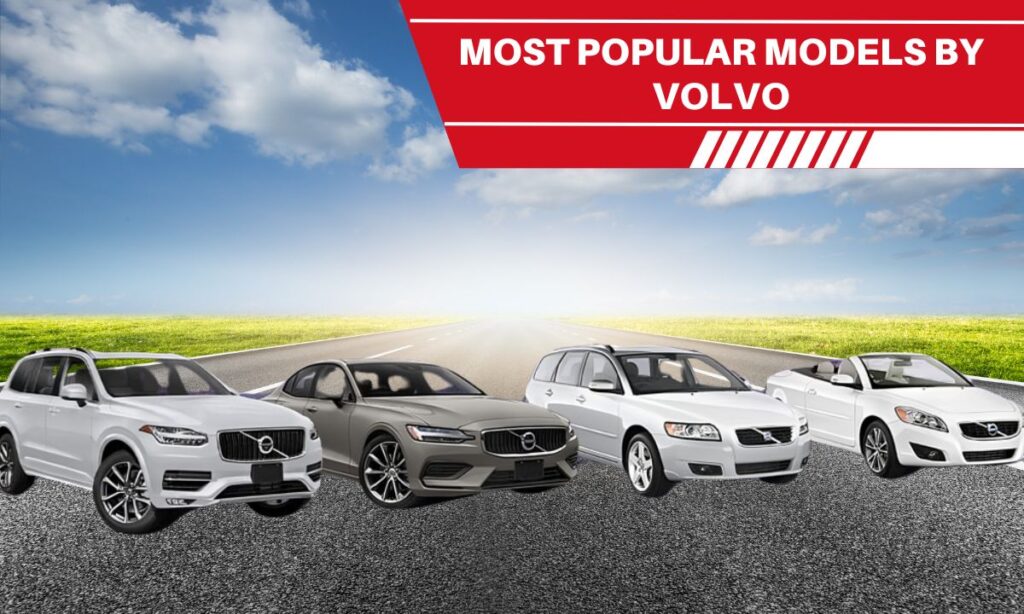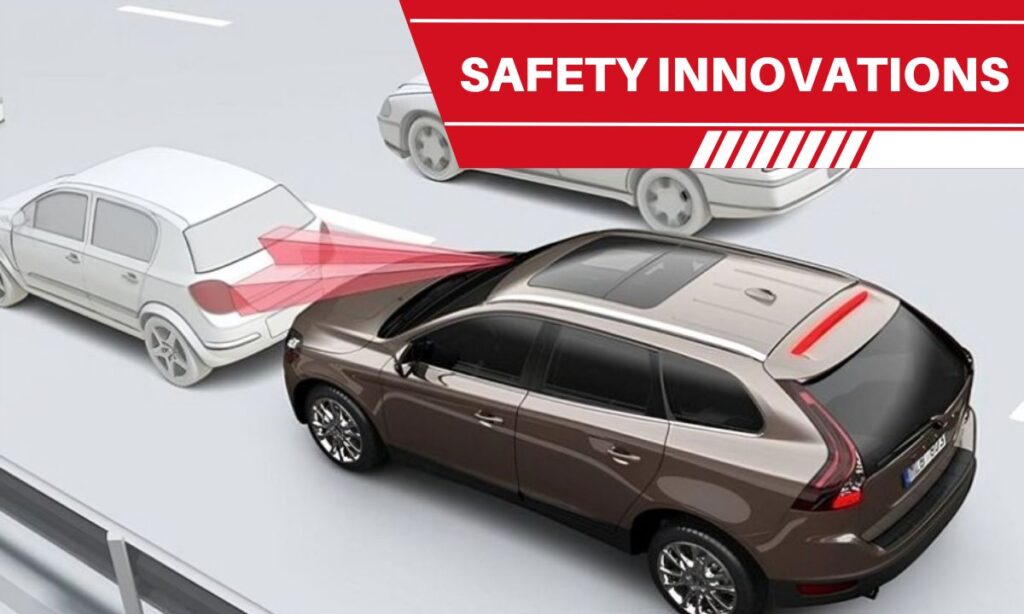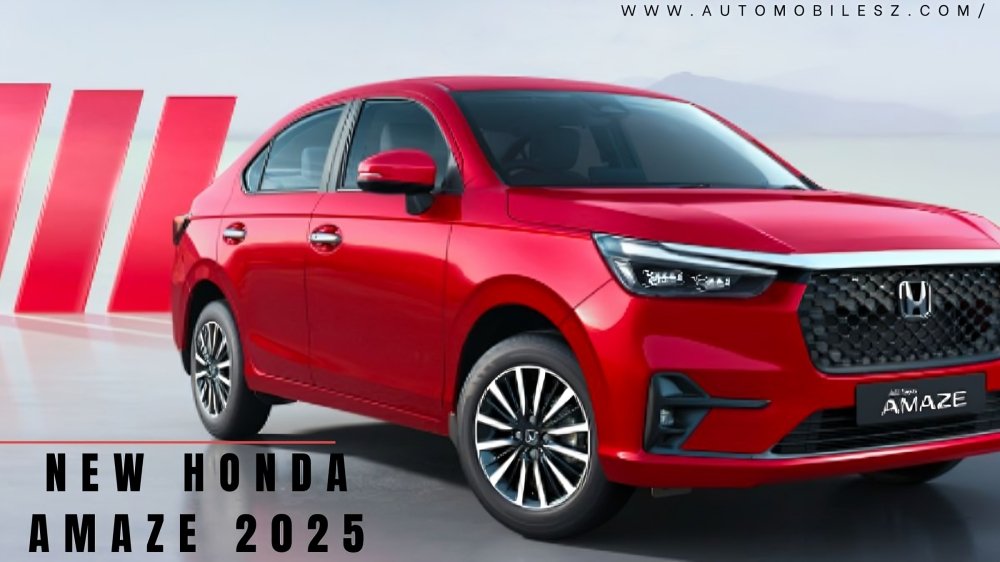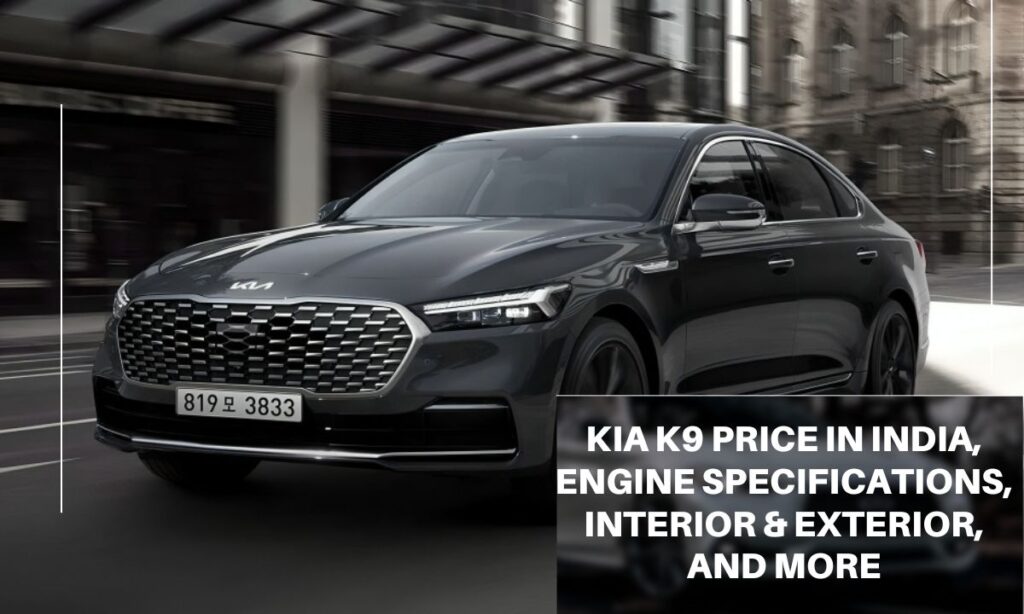Volvo is one of the most famous car manufacturers across the globe. Volvo is the brand known for enhancing the safety in automotives. From the start has been focused on making the vehicles safer by innovations. As example- Volvo introduced a 3-point seat belt in their cars which is now standard in all automobiles. This article will help you to explore Volvo’s history, founders, popular models, innovations, financial performance, and ongoing plans.
The Founding of Volvo
Volvo was founded on 14 April, 1927, in Gothenburg, Sweden. The name Volvo is taken from the Latin word “Volvere” which means “to roll”. Initially, the brand was a subsidiary of the ball bearing company SKF, aimed to manufacture the vehicles which can be utilized in rough conditions in Sweden.
Founders
- Assar Garielsson: A well-known Swedish industrialist and has expertise in marketing.
- Gustaf Larson: A skilled engineer, he designed first car named ‘OV4’ also known as ‘Jakob’.
| Company Name | Volvo Personvagnar AB |
| Founder | Assar Gabrielsson and Gustaf Larson |
| Founded | 1927 |
| Headquarters | Gothenburg, Sweden |
| Industry | Automotive |
History
| Year | Milestone |
|---|---|
| 1927 | Launch of the first car, ÖV4 (“Jakob”) |
| 1959 | Introduction of the three-point seatbelt (standard in all Volvo cars) |
| 1964 | Opening of the Torslanda plant |
| 1976 | Launch of the Lambda Sond (catalytic converter) |
| 1991 | Introduction of Side Impact Protection System (SIPS) |
| 1999 | Acquisition by Ford Motor Company |
| 2010 | Acquisition by Zhejiang Geely Holding |
| 2021 | Announcement to go fully electric by 2030 |
Most Popular Models by Volvo

Here we have mentioned the popular models by Volvo with their estimated price in INR. Some of the mention models were discontinued a long ago. So, we just mentioned the estimated price as per the timeline.
Volvo OV4 (1927)
The OV4 was Volvo’s first car introduce in the summer of 1927. The name OV4 stands for ‘Open Vagn 4 Cylinder’. The car was power by a 4-cylinder engine. And was the open-roof car which was quite popular in the early 19’s.
| Model | Engine Type | Power Output | Top Speed | Price Range (INR) | Mileage |
| Volvo ÖV4 | 1.9L 4-cylinder | 28 hp | 60 km/h | ₹1.25-₹1.66 lakh* | 10 km/L |
Volvo Amazon (1956)
Through Amazon, also known as 122S, Introduced some of the most amazing safety innovations like- seat belts for all of the passengers, laminated windshield and more. The design of the car was inspire from early 1950s cars in America. With a boxy body and round finish.
| Model | Engine Type | Power Output | Top Speed | Price Range (INR) | Mileage |
| Volvo Amazon | 1.6L-2.0L 4-cylinder | 60-120 hp | 150 km/h | ₹2.5-₹3.75 lakh | 12-15 km/L |
Volvo 240 Series (1974)
The 240 Series of Volvo set new safety standards by introducing crash-resistant design. It was a full-size SUV with new safety features and boxy design. It became one of the most beloved models globally, known for its durability and safety.
| Model | Engine Type | Power Output | Top Speed | Price Range (INR) | Mileage |
| Volvo 240 | 2.1L-2.3L 4-cylinder | 97-140 hp | 180 km/h | ₹4.15-₹6.65 lakh | 10-12 km/L |
Volvo XC90 (2002)
Volvo XC90, the most famous car ever made by Volvo. From its production year 2002 to present there is no single casualty record in Volvo XC 90 model. The car introduced many safety features for the SUV segment. Including- body roll control system, blind spot information system and more. The XC90 is a luxury SUV design with modern styling.
| Model | Engine Type | Power Output | Top Speed | Price Range (INR) | Mileage |
| Volvo XC90 | 2.0L 4-cylinder (Turbocharged) | 250-400 hp | 220 km/h | ₹37.45-₹54.15 lakh | 10-12 km/L |
Volvo XC40 (2020)
Volvo XC40, the entry gate of Volvo in EV market. The XC40 Recharge was launch in 2017 as the crossover SUV, the smallest SUV manufacture. Initially launched as a hybrid, but in 2020 converted to fully electric. And further the model is rename as EX40 in 2024.
| Model | Engine Type | Power Output | Top Speed | Price Range (INR) | Mileage (Electric Range) |
| Volvo XC40 Recharge | Dual Electric Motors | 402 hp | 180 km/h | ₹45.85-₹50 lakh | 400 km per charge |
Innovations by Volvo
Volvo’s have been focuse on automotive safety and environmental sustainability. We have mentioned their most significant innovations in both fields.
Safety Innovations

| Year | Innovation | Description |
|---|---|---|
| 1959 | Three-point seatbelt | A life saving innovation to ensure to keep the occupant on seat with limited adjustable movement to ensure safety. |
| 1966 | Crumple Zones | Designed to absorb and distribute the energy over a larger area to minimize the effect of collision. |
| 1972 | Rear-facing child seat | Enhanced safety for childrens. |
| 1978 | Child booster seat | Enhanced safety for older childrens. |
| 1991 | Side Impact Protection System (SIPS) | Uses the concept of energy absorption & distribution to minimize the injuries from side collision. |
| 1998 | Whiplash Protection System (WHIPS) | Reduced risk of neck injuries caused by rear-end collision. |
| 2002 | Roll Stability Control (RSC) | The system enhanced the stability of SUVs by applying different brake pressures for all wheels to improve the stability. |
| 2008 | Blind Spot Information System (BLIS) | Alerts the driver if any vehicle is in the blind spot or passing through it, to ensure safety. |
| 2010 | Pedestrian Detection with Auto Brake | Technology to detect any closer pedestrians in front and apply brakes to avoid collision. |
Environmental Innovations
- Lambda Sond (1976): Introduced the first catalytic converter, to reduce the emission of pollutants like- carbon monoxide, hydrocarbons, and nitrogen oxides.
- Vision 2020: In this project Volvo aim to make sure that no one loses his life or gets seriously injure in new cars by 2020. For that they closely studied the accident cases of cars. To identify which model they should recall.
- Electrification Goals: Volvo is on the way to go fully electric by 2030.
Financial Performance
Volvo’s financial growth remained reliable as their vehicles. Here we have mentioned the key financial metric of as per financial year 2023.
| Metric | Value |
|---|---|
| Revenue | ₹3,25,000 crore |
| Operating Income | ₹22,000 crore |
| Net Profit | ₹15,000 crore |
| Total Assets | ₹6,80,000 crore |
Share Performance
Stock is publicly trade on the Stockholm Stock Exchange under the ticker symbol VOLV-B. The shares of the company showed steady growth.
| Year | Share Price Range (SEK) | Growth (%) |
|---|---|---|
| 2020 | 130-180 | 12% |
| 2021 | 150-210 | 15% |
| 2022 | 180-250 | 18% |
| 2023 (YTD) | 200-270 | 20% |

